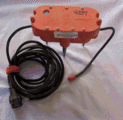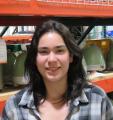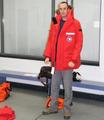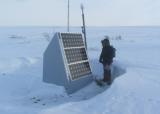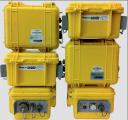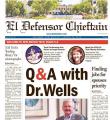
Gary Pavlis and Terry Stigall of Indiana University are proud of their geophysics students. The students were helping them to deploy some new direct-burial stations with Trillium broadband sensors for the OIINK project (a.k.a. SDYNAC, "Structure and Dynamics of the North American Craton"), and Terry directed them to get them perfectly level and lined up to north accurately. The students outdid themselves, and helped to make this a superb installation.
These students are from Gary Pavlis' Applied Geophysics class. They spent a weekend installing stations for the OIINK project.
Clockwise from upper right: Tyler Merrell, Steven Downey, Crystal Wespestad, and Brenden Fenerty.
Photographs courtesy Terry Stigall.

